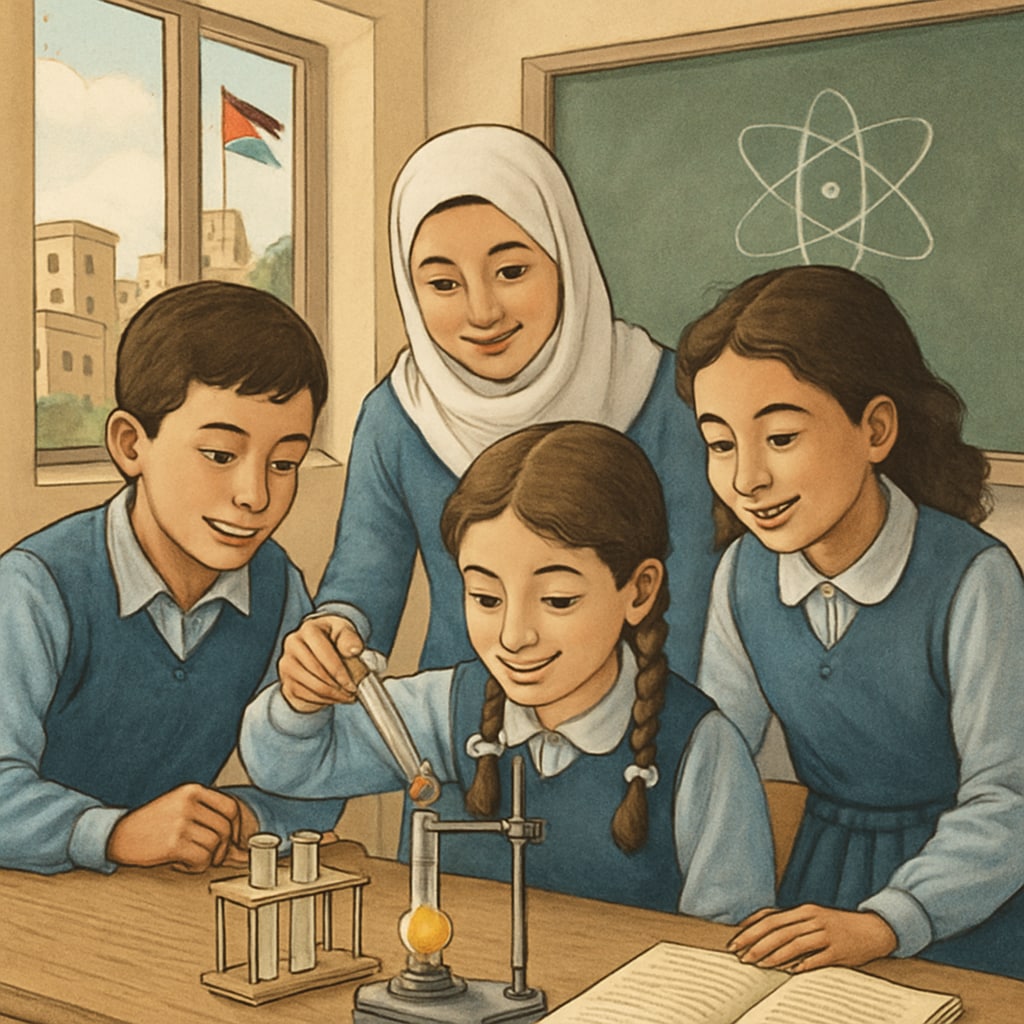Designing a teaching curriculum for science and social studies in Gaza schools, especially in the politically sensitive context of the Israel-controlled territories, poses unique challenges. The process must address issues like multicultural representation, peace education, and alignment with international educational standards. In this article, we will delve into these aspects to offer a framework for rebuilding education in conflict zones, focusing on the specific needs and constraints of Gaza’s educational landscape.
Multicultural Representation in Science and Social Studies
In a region with diverse cultural and historical narratives, incorporating multicultural perspectives into science and social studies curricula is essential. For example, scientific contributions from Islamic scholars like Alhazen can be integrated to highlight regional achievements. Similarly, social studies can emphasize shared cultural histories while respecting differing narratives. This ensures that students develop an inclusive worldview, which is especially critical in areas affected by long-standing political and cultural tensions.
To achieve this, educators can:
- Integrate local and global contributions to science and technology.
- Present balanced historical narratives that encourage critical thinking.
- Use case studies from diverse cultural contexts to foster understanding.
By doing so, students are equipped with tools to appreciate diversity and engage constructively in a multicultural environment.

Peace Education as a Core Principle
Peace education is a vital component of the curriculum in conflict zones. In Gaza, where the social fabric has been strained by years of conflict, schools have a unique opportunity to build a foundation for understanding, dialogue, and reconciliation. Peace education can be woven into both science and social studies through collaborative projects, discussions on ethics in science, and lessons on the principles of mutual respect and nonviolence.
Key strategies for integrating peace education include:
- Encouraging cooperative learning activities that bring students from different backgrounds together.
- Incorporating stories of conflict resolution and peacebuilding into the curriculum.
- Offering training programs for teachers to handle sensitive topics constructively.
By prioritizing peace education, schools not only prepare students academically but also contribute to long-term societal stability.

Aligning with International Educational Standards
While addressing local needs, new schools in Gaza must also ensure that their curricula meet global educational standards. This is crucial for enabling students to pursue higher education and careers beyond their immediate region. Science and social studies curricula should align with frameworks such as UNESCO’s Education for Sustainable Development (ESD) and incorporate skills like critical thinking, problem-solving, and digital literacy.
Steps for alignment include:
- Mapping local curriculum objectives to international benchmarks.
- Incorporating modern teaching methodologies, such as project-based learning and STEM integration.
- Ensuring access to up-to-date resources and teacher training programs.
Such efforts help bridge the gap between local educational challenges and global opportunities, empowering students to become active contributors to the global community.
In conclusion, designing a curriculum for science and social studies in Gaza schools requires a thoughtful balance of local relevance and global standards. By embracing multiculturalism, embedding peace education, and aligning with international frameworks, educators can create a robust foundation for future generations. This approach not only supports academic development but also fosters understanding, resilience, and hope in a region striving for peace and progress.
Readability guidance: The article maintains an average sentence length of 12–16 words and uses clear, accessible language. Short paragraphs and bulleted lists improve readability, while transitional phrases ensure smooth flow.


